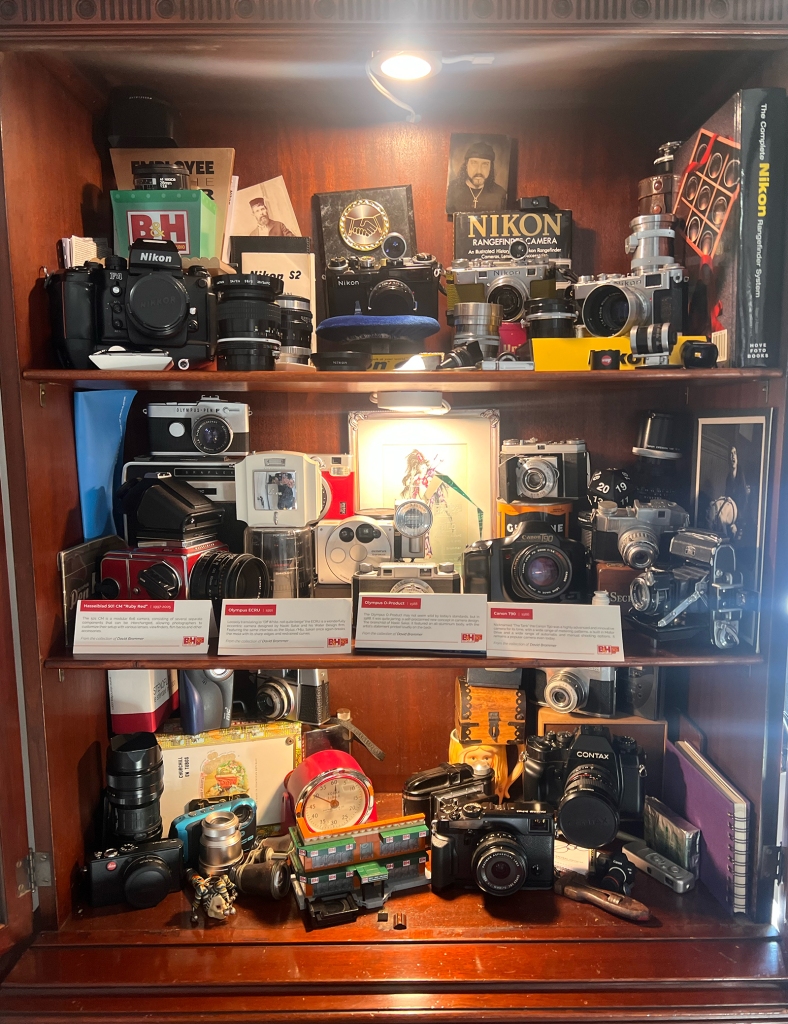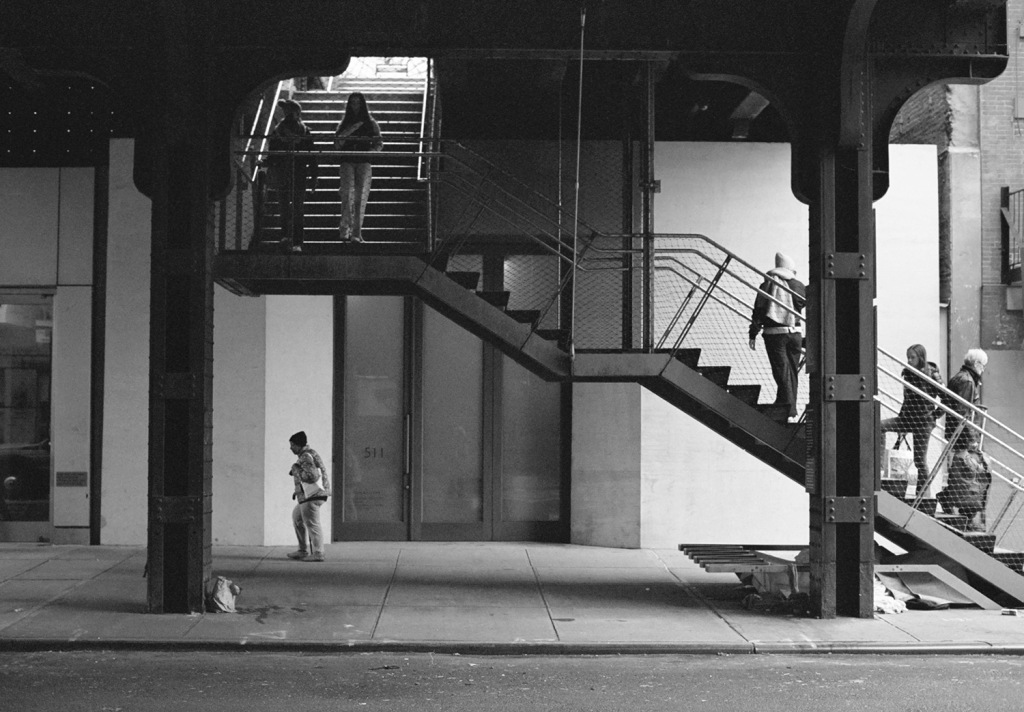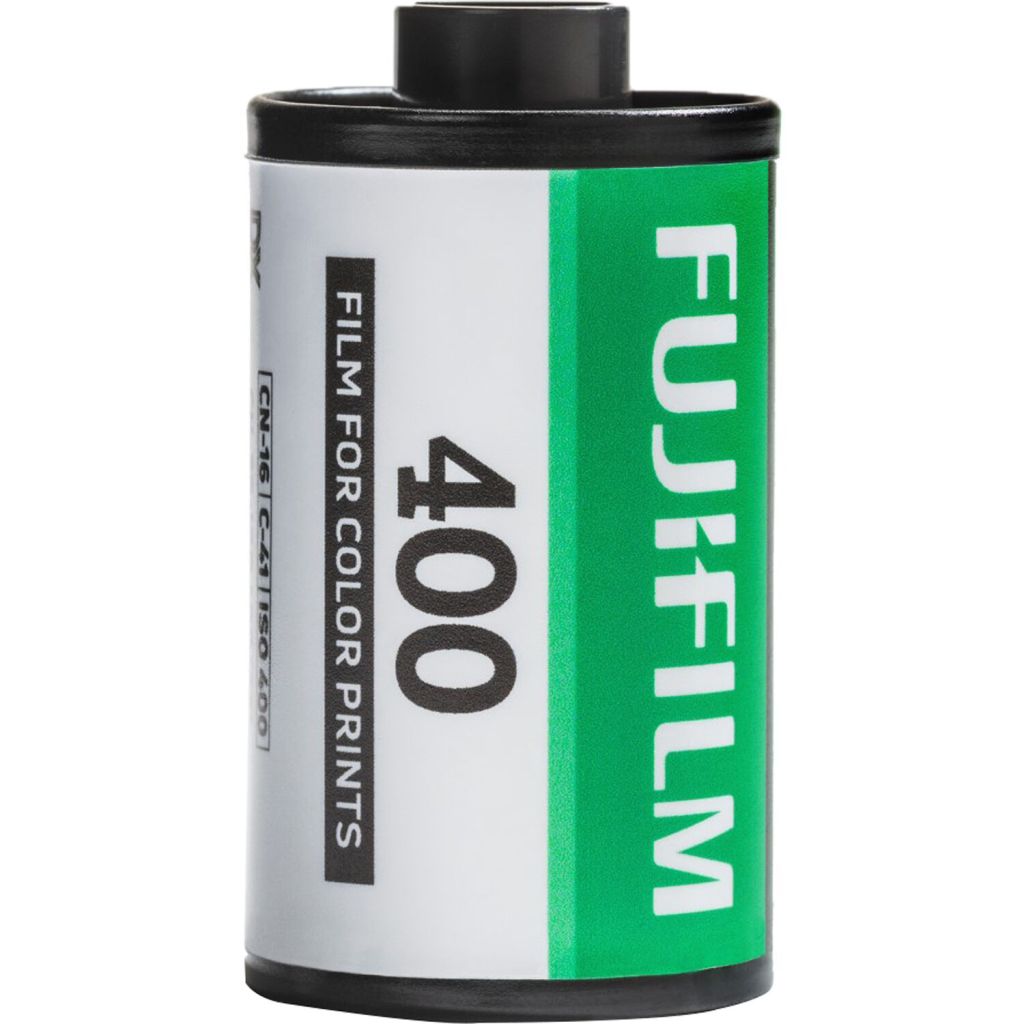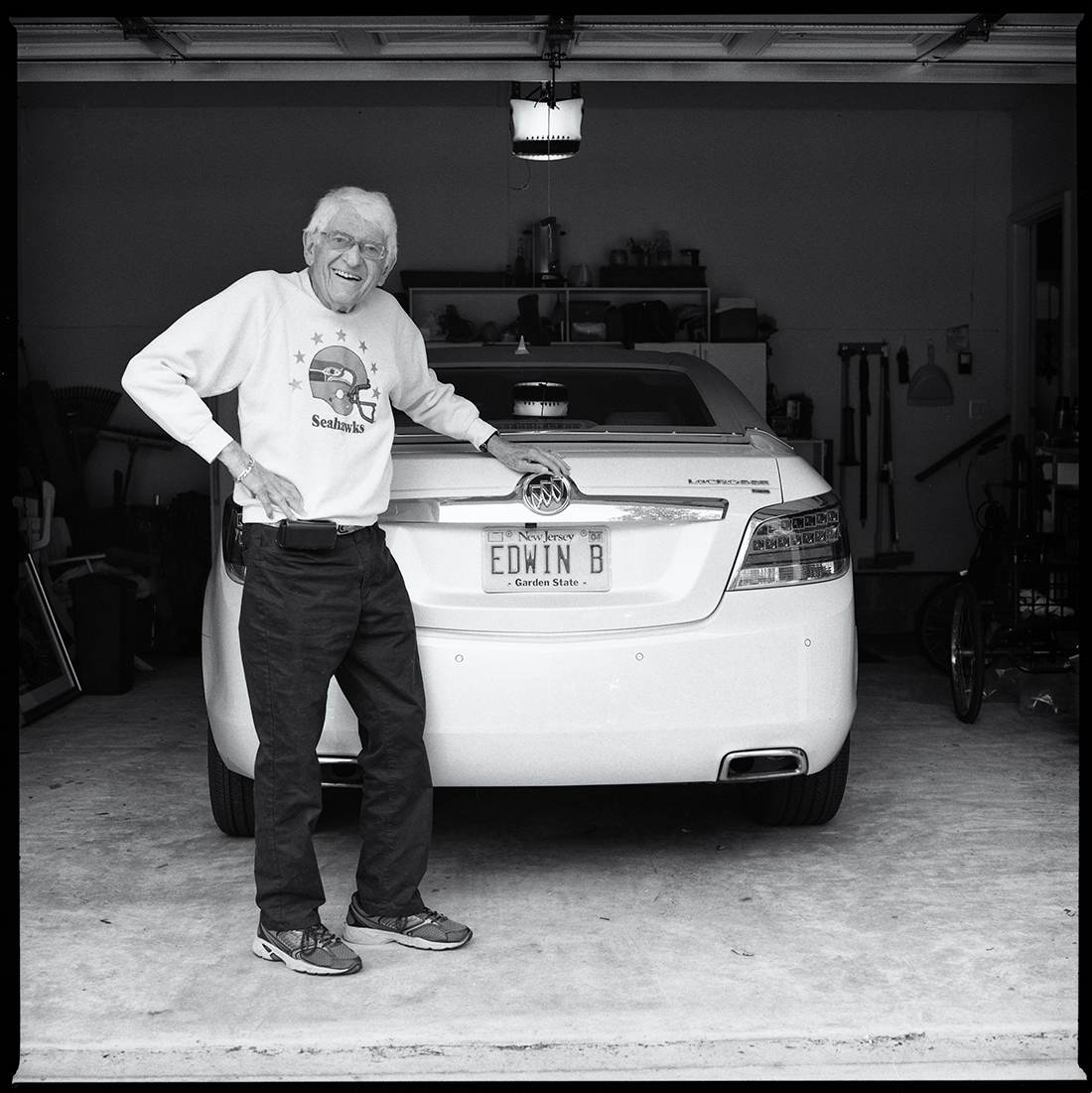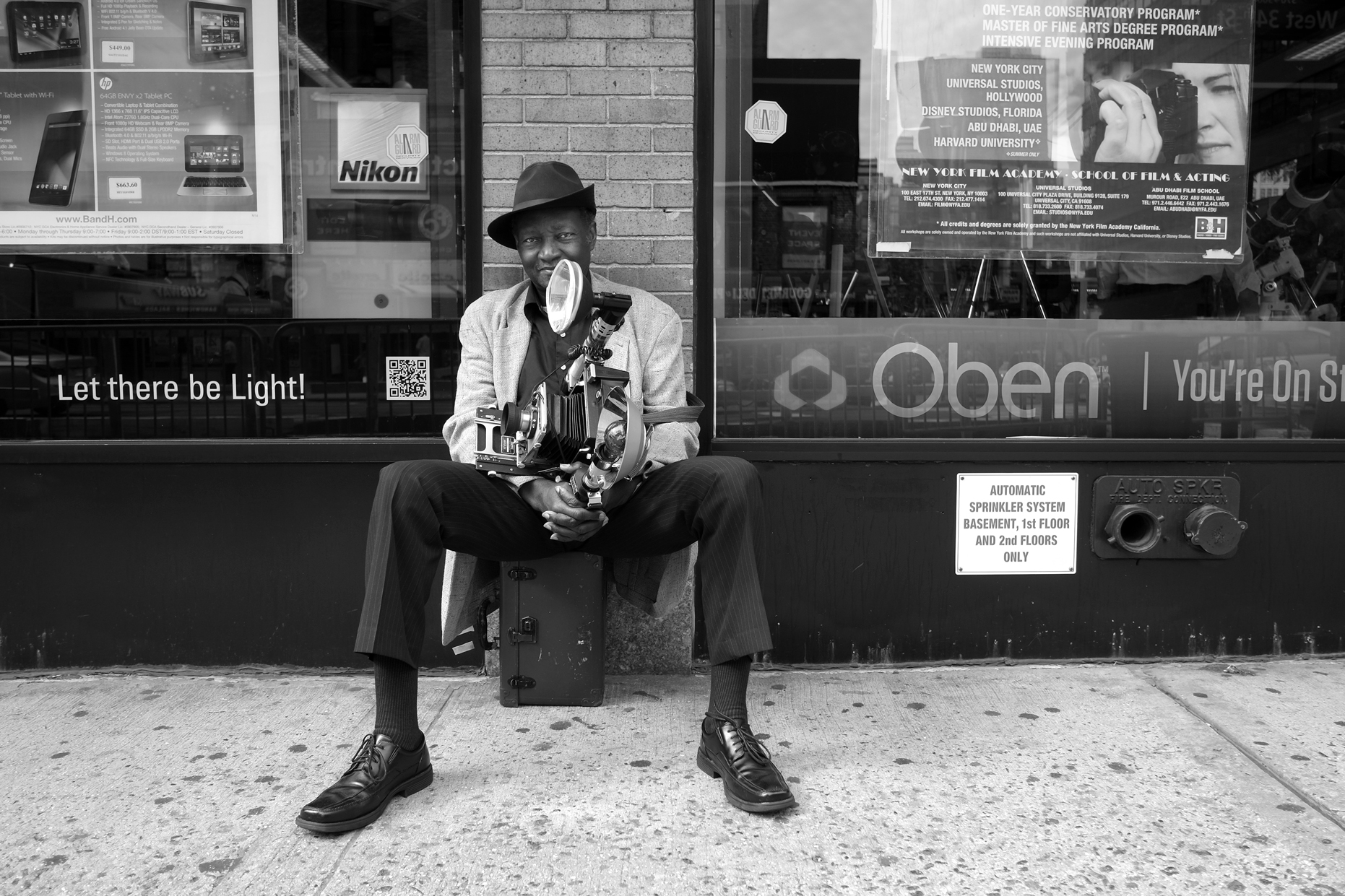
Io Electro from the Seattle Suspects series Contax RX 60 2.8 Macro Planar 1/60 sec f 11 Kodak Techpan 25 iso
A couple of years ago, Chris Gampat, chief editor of the Phoblographer asked me a few questions about my Seattle Suspects project. For some reason, the questions and answers were never published, and recently while cleaning up some hard drives, I found the piece. This will be the first part in a three part series about my most photographically productive time, the Seattle years.
Tell us about how you came up with the name, “Seattle Suspects.”
Suspect Photography was the name of my gallery/studio in Seattle. We filled a niche in the photography community of Seattle by showcasing emerging and mid-career photographers that had an edge, but couldn’t find a home in the more established galleries such as Benham and Gail Gibson gallery. We had a great location, in Pioneer Square and I coined a term, Maverick Gallery. These were artist owned galleries that were prevalent in the bohemian inhabited old industrial and manufacturing buildings that made up Pioneer Square.
Suspect Photography was named after an experience I had where I “suspected” anything could exist in an instance of chance. When you look at an uncertain future, you can “suspect” anything, because anything is possible. Suspect Photography is both pragmatic and optimistic with a dash of fanciful promise.
Since the subjects were a selection of Goths, Fetish heads, Drag Queens, Artists, Poets, Musicians, and other assorted wayward souls I had a small difficulty in coming up with a name for the project. So I looked for the common denominator, which was they all came to Suspect Photography to be photographed, and Suspect Photography was in Seattle, hence the name Seattle Suspects. On a side note, everyone I ran the name by loved the title, but Joyce Tenneson. She is the undisputed queen of photography books and she absolutely detested it! I had to go with my gut, and keep the name in spite of Joyce’s opinion.

Nearly Naked Man from the Seattle Suspects. Contax RX 60mm 2.8 1/60 sec F11 Kodak Tech Pan 25 iso
What was working with these people like for you?
Like hanging out with friends that I wanted to become closer to. I love people who are on the edge, I love freaks. I love people who take being called a freak as a compliment.

Susan from Club F*uck Seattle Suspect Series Contax RX 60 2.8 Macro Planar 1/60 sec F 11
How did you get your subjects to pose the way that they did?
I encourage them to take over the studio sounds system. If you didn’t bring a cd over, I’d drop in one of mine, something that local clubs would be playing. It was the mid 90’s so NIN, Skinny Puppy, Dead Can Dance would suffice fine. I’d let them dance for me and coach them to stop when they got into an interesting pose. I would look for positions that were demonstrative of the subject, ones that encouraged positive and negative space with expressive reaching of the arms or straddled legs.
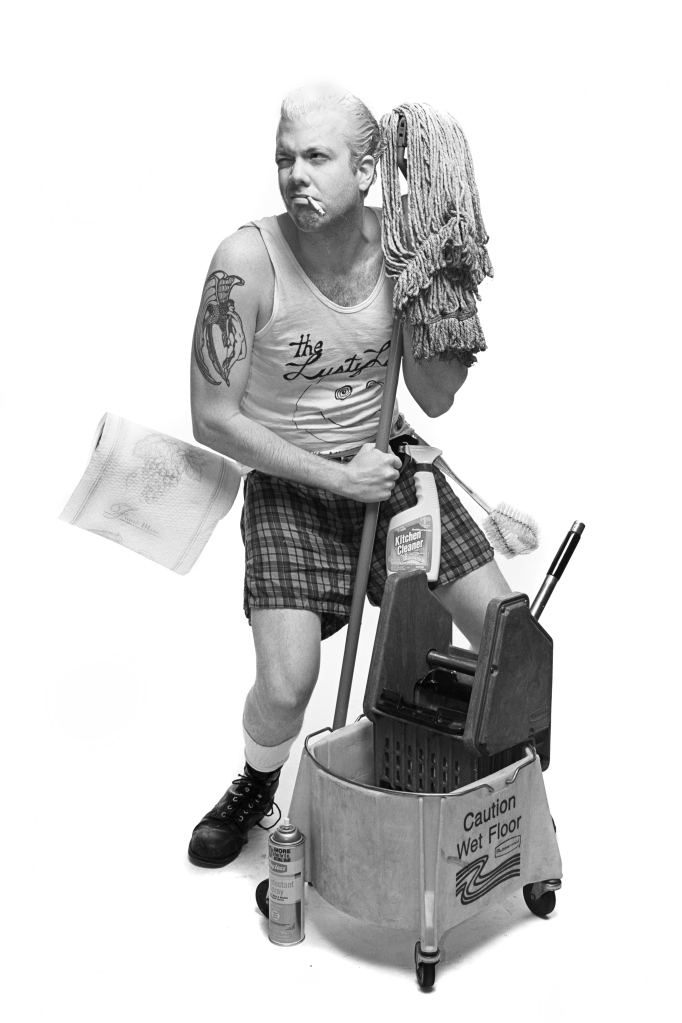
Sparks from the Seattle Suspects series Contax RX 35-70 vario-sonnar 1/60 sec F 11 Kodak Techpan 25 iso
Do you feel that chemistry between a photographer and the subject is vital to creating great photos? If so, why?
Absolutely. Emotions will be caught on film, so if they don’t trust you, then your images will reflect that. They wont give you their all. I likened the underground of Seattle to a court, and I was the court photographer. I photographed the kings and queens of the scene and they trusted my eye to capture this moment in their life. This gave me access to the rest of the courtesans. I have to also say at this point that I was one of them. I wasn’t an outsider looking in, I was an insider of the scene. I partied at the after hour speakeasies where I recruited the Suspects, I promoted at the clubs (Catwalk and Chapel Periolous) and I ran a gallery that featured edgy art. I also shot Fantasy Unlimited ad campaigns that gave me street cred. The Suspect’s trusted me with themselves, and I respected them.

Dalia from the Seattle Suspects series. Contax RX 60 2.8 Macro Planar 1/60 sec f 11 Kodak Techpan 25 iso
How did you inspire yourself?
How could I not? Look closely at the suspects, they are so complicated and strangely beautiful, a blend of darkly serious and deathly whimsical that I always was honored these subjects would pose before my lenses. What we photograph will echo in eternity, I was inspired to ensure their voices and style would not fade into obscurity. The suspects of mid 1990’s Seattle are fully documented and that is inspiration incarnate.

Malinda from the Seattle Suspects series Contax RX 60 2.8 Macro Planar 1/60 sec f 11 Kodak Techpan 25 iso
Tell us about how you lit your subjects to get the look that you wanted.
I approach studio lighting like two puzzles to solve. First, you must light the background. I would hit the background with two While Lighting “oil cans” fitted with barn doors to keep the spill from hitting the subject in the foreground. I would try to even the light out so the flash would give F11 across the entire backdrop. To light the subject I would use a White Lighting Ultra 1800 in a large Photoflex soft box as a main light, pretty much hitting the subject’s torso at f 11 but the trick was to mount the light on a Bogen Super Boom. Booming the box lets me use the light like a great soft skylight to bathe the subject that I can tweak and aim just so. For fill light I would use an Ultra 600 in Photoflex Stripdome to achieve F 8 1/2 output. I recommend playing with your lights and testing them so you can find the look that matches the subjects and the process your using.
Thank you Chris for asking me those questions, and thank you to all the fabulous freaks of mid 90’s Seattle. You set me free to find myself.
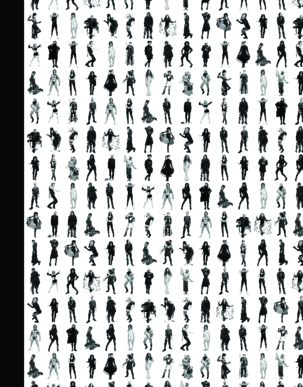
Seattle Suspects book published in 2009 with Blurb and available on the Blurb market place or with a print on the Seattle Suspects site.
Please visit the Seattle Suspects main site to view the book and more suspects, and whilst your at it, give a “like” to the Suspects fan page.
~David
